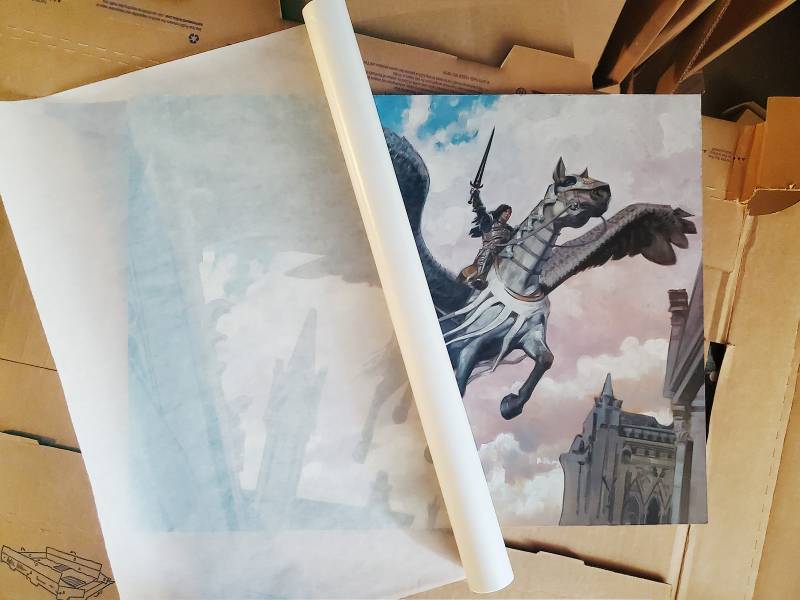 One of the most consistently nerve wracking experiences of my career are the periods of time when an original painting is in transit. We’ve all had bad experiences in the mail with items lost, damaged, or stolen at least once or twice, and the thought of that happening with an irreplaceable and valuable piece of artwork is not pleasant.
One of the most consistently nerve wracking experiences of my career are the periods of time when an original painting is in transit. We’ve all had bad experiences in the mail with items lost, damaged, or stolen at least once or twice, and the thought of that happening with an irreplaceable and valuable piece of artwork is not pleasant.
Purchased insurance through the carrier is usually not reliable, but art can be insured
Up front, this section is based on experience and advice from other professionals, but I recommend confirming with official sources and local service providers to get the most up to date and accurate info.
While most carriers will sell you all the insurance you ask for, there is often an exception in the terms of service that excludes “items of extraordinary value.” This essentially means items which can not be readily replaced and/or which do not have a verifiable retail value. In these cases this exception tends to cap the payout at a certain amount. In some cases the shipper will allow artwork to be insured but only reimburse for raw materials (the canvas and paint for example) unless you can prove value with sales documents to their satisfaction. For work which is not sold, like a piece en route to a show or exhibit, proving value is far more difficult.
For reliable insurance on artwork, you’ll need to take out coverage from a specialty insurer, such as a company which explicitly covers art shipping. Alternatively, you can take your piece to a packing-and-shipping service that carries appropriate proper insurance. This is my go-to on larger or higher value pieces where it’s worth paying the extra for the peace of mind.
As of this writing, it appears value caps for artwork insured by the major carriers are: Fedex at $1000, USPS at $5000, and UPS indicates that value caps vary and to check your local store, and that packing must meet their quality standard or be packed by a UPS employee.
Pack with the expectation that it will tumble down at least one flight of stairs
In my opinion, the absolute best way to protect a package is proper packaging. At the minimum, every piece should have a protective layer on the image area and an air gap around all sides. It should be ready to be dropped, crushed, stabbed, and soaked.
Starting from the piece of art, you want to protect the image area from scuffs. A layer of glassine paper or silicon paper is good because they won’t stick to dried artwork. Silicon paper is especially stick resistant, but to the point that you need special silicon tape to secure it. Glassine does a great job and can be secured with artist’s tape. You want to be sure that anything in contact with a painted surface is not going to adhere though pressure or temperature changes.
I recommend not shipping framed art with glass. If you must ship glass, indicate this on the box very visibly and tape up the glass surface to keep it together if it shatters.
On top of this, I place a piece of cardboard cut to the same size as the artwork to give some sturdier scratch and scuff protection. This is then wrapped in a couple layers of bubblewrap. This gives all sides and surfaces extra resistance to light impact. Note: never lay bubblewrap directly on the painting surface as it can stick or imprint its texture into varnish.
At this point, you have the painting well protected for common handling. Now you need to protect this parcel for the stresses of transit. Something that can withstand, at the very least, being tossed and stacked and handled roughly. At the worst, it might be crunched, left out in the rain, or dropped on a corner.
The best method is to box the piece, and then box it again with a space in-between to absorb shocks and punctures. You also want to use brand new boxes when possible, or ensure that any reused box is still structurally strong. Some shippers will sell art shipping boxes that consist of an inner cradle which the art is secured to, and then an outer box of heavy duty cardboard. I also often use all-in-one art boxes from clearbags.com which fold in such a way that the box creates its own 2-3 inch airgap and the folds add extra strength. You just have to make sure to pad inside sufficiently where it’s not reinforced on top and bottom.
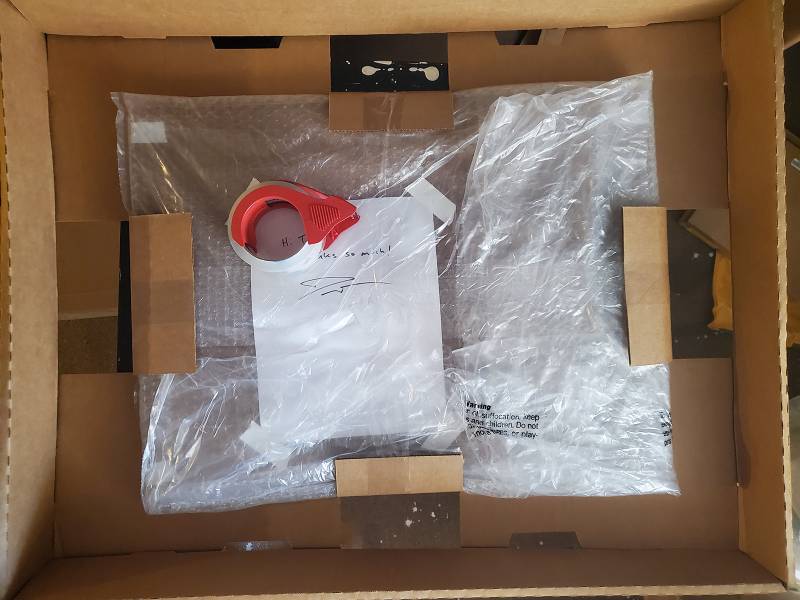
This piece shipped in a cradle style box. It is inside a plastic bag which is taped to the folding tabs, holding it securely in the center away from edges
Nothing should be able to slide or rattle around. If the piece is loose inside a box, pad with packing peanuts, crumpled brown paper, recycled bubblewrap, or air pillows so that the contents are held firmly in place. Once everything is taped up, you should feel confident that you could toss the box down a short flight of stairs and it would not burst open or damage the painting inside. This should render any purchased insurance as a redundancy for damage. If you’re worried about a piece getting lost or misdelivered, you could add a GPS tracker. I do not personally do this normally, but I have done it by request.
As mentioned in the insurance section, you can also find a local shipping service that will pack your art for you. When in doubt, a professional is a good option and often at little extra cost relative to the value of the artwork.
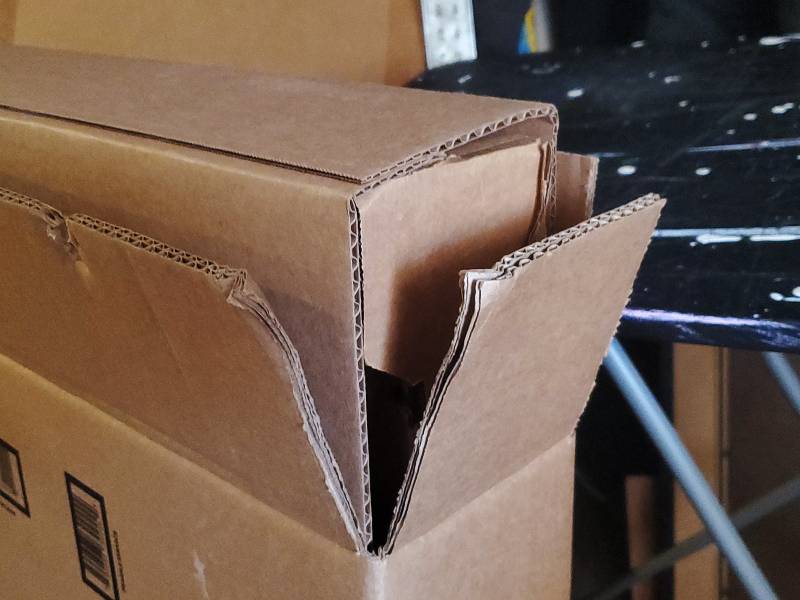
In this case, the cradle fits snugly into a cardboard sleeve, which then fits snugly into the heavy duty outer box. The inner sleeve is pulled out slightly in this photo for demonstration
Communicate with your buyer
One last point which can be helpful is to communicate with your buyer on shipping dates and choice of carrier. If someone is going to be out of town on certain days or has consistent problems with a particular carrier at their address, these are easy obstacles to avoid though a brief email exchange.


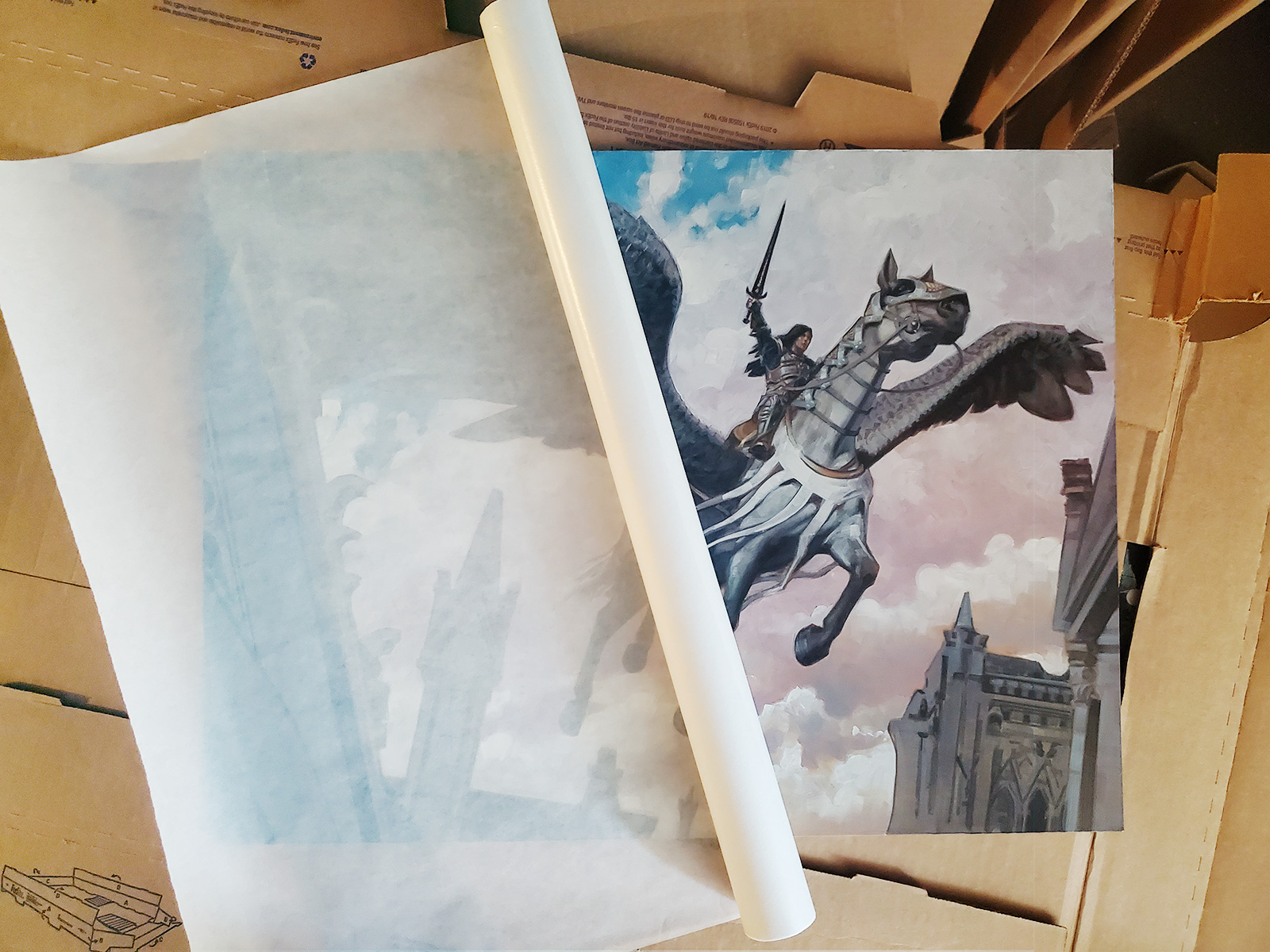
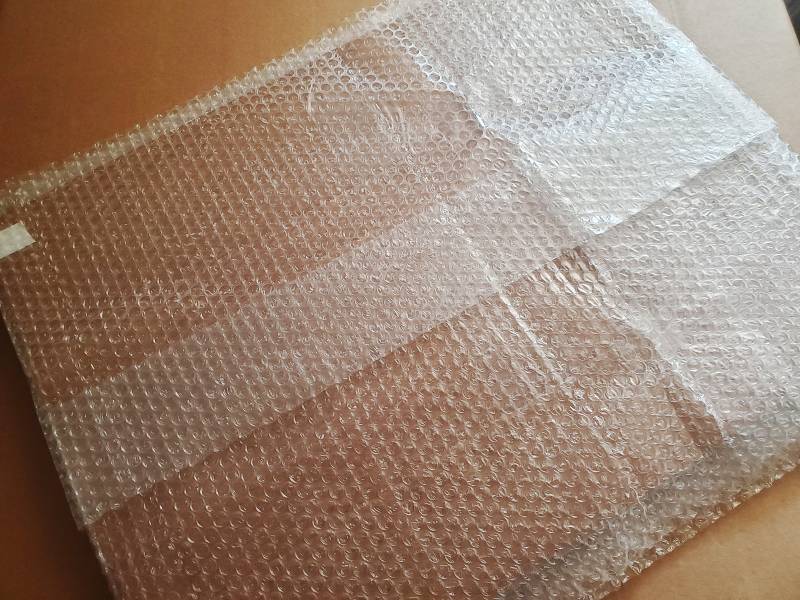
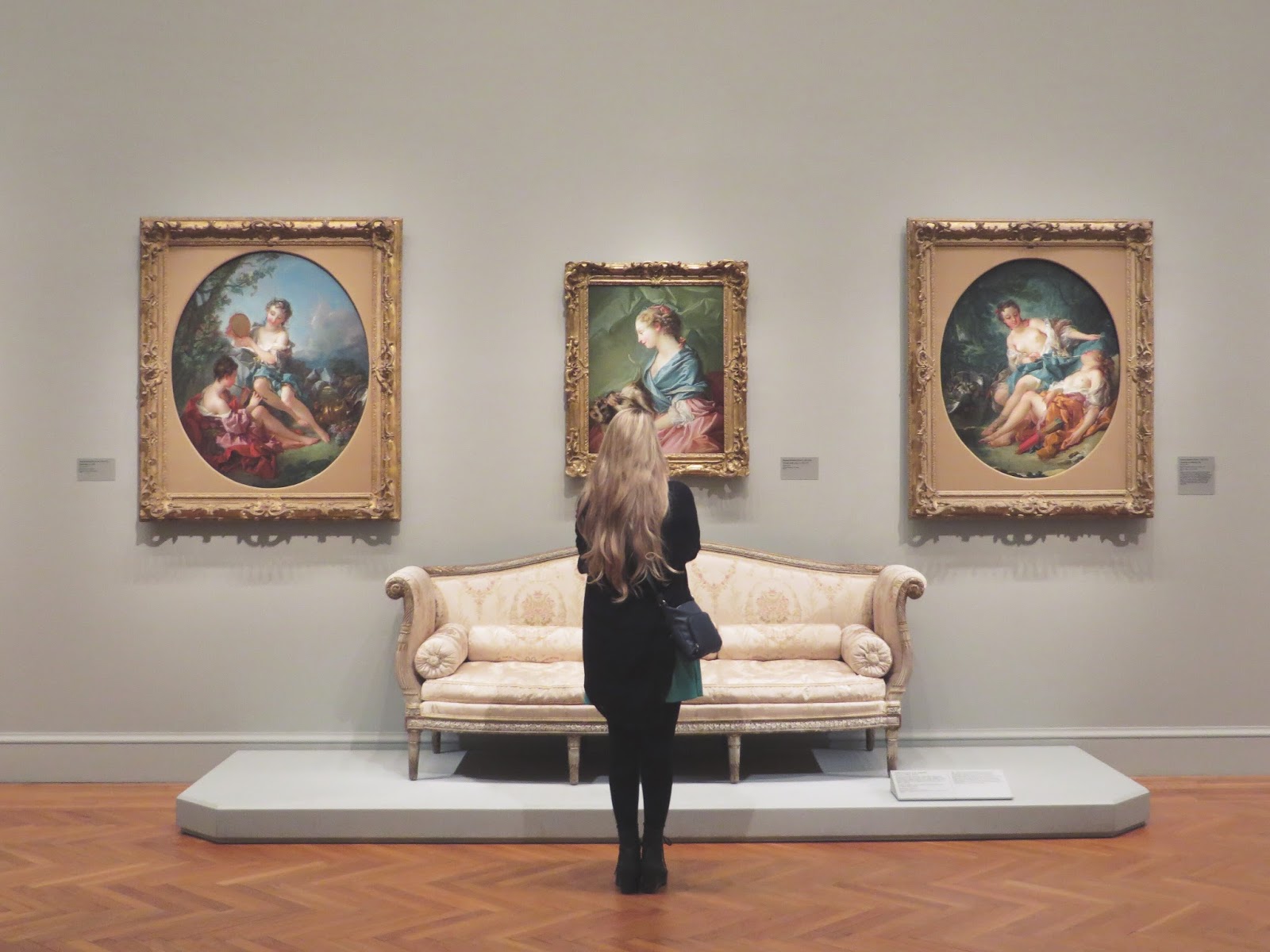
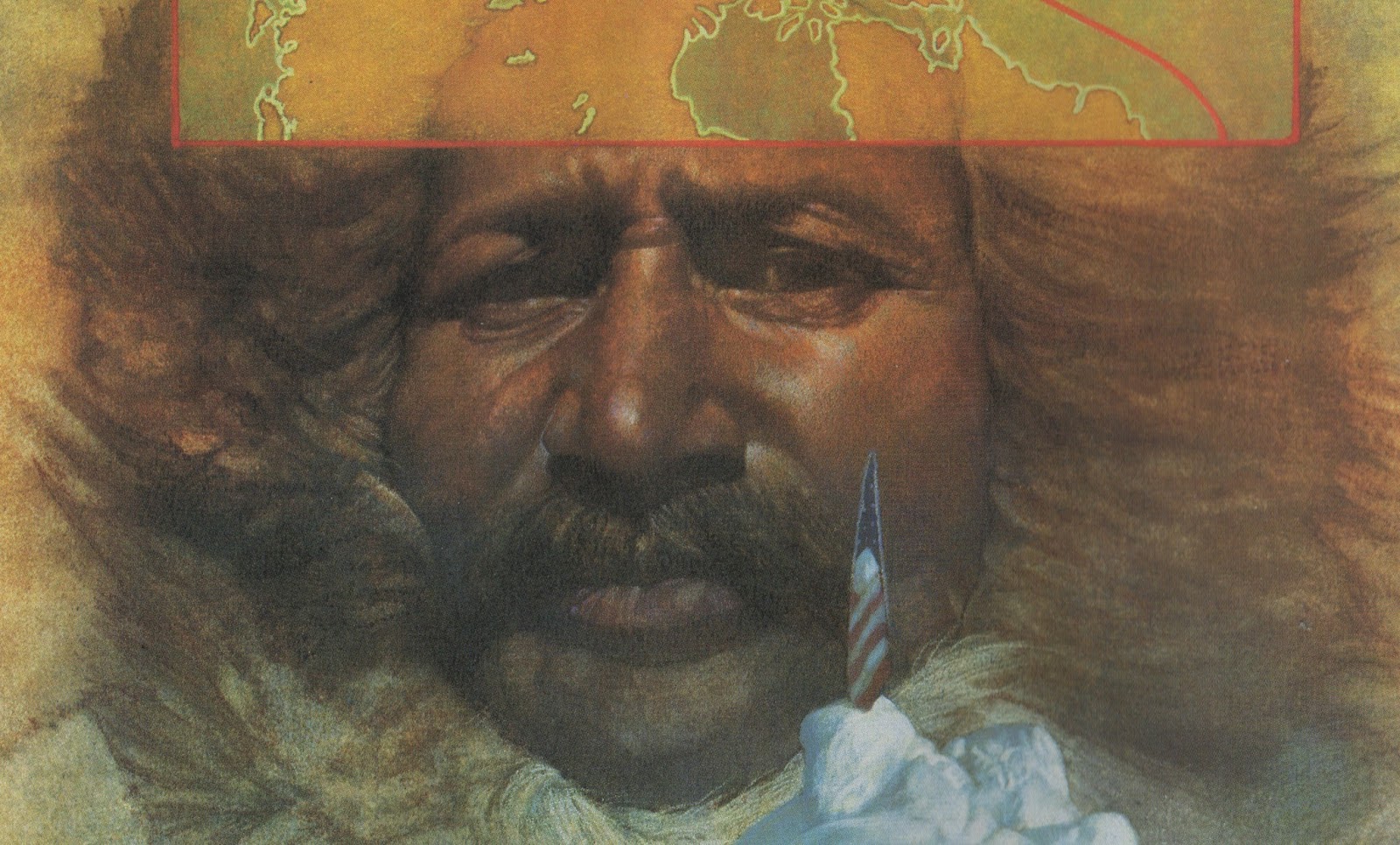


“Starting from the piece of art, you want to protect the image area from scuffs. A layer of glassine paper or silicon paper is good because they won’t stick to dried artwork. Silicon paper is especially stick resistant, but to the point that you need special silicon tape to secure it. ”
Can’t stress this enough. I keep getting oil paintings in the mail that are damaged because an artist or collector wrapped the piece in plastic or somehow let bubble wrap press up against the oil, and getting this stuff repaired is a real pain in my @$^@$. Having a hard time finding somebody reliable to repair the latest painting I received here in S AZ.
Thanks for the article.
agreed. Word I ever saw was a painting wrapped in a yoga mat which had fused to the surface by the time it was unboxed. I’m not sure if the painting was ever able to be salvaged
Yeah, those cradle boxes are the best! Fedex sells them too, in 3 sizes. Just a word about insurance options… USPS offers registered mail (which is how people ship valuables like jewelry), which can be insured for millions ($25,000 included), covers art, is shipped under lock and key (literally), and is extremely affordable. The only snag is you have to package it a certain way so that any opening is covered with tamper-proof tape. Well worth it though!